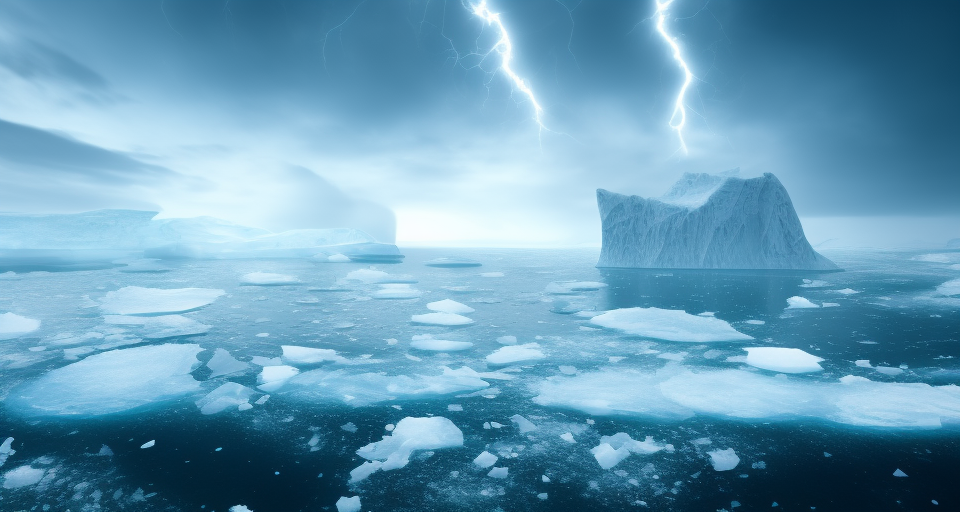
NASA Innovative Advanced Concepts (NIAC) has announced funding for Lawrence Forsley and Theresa Benyo’s research, “Accessing Icy World Oceans Using Lattice Confinement Fusion Fast Fission.” Funding and research will commence February 1, 2023.
As part of its charter, NASA is required to penetrate the many-kilometer-thick ice caps of Icy World Oceans in its search for extraterrestrial life. These worlds, which include Ceres, Enceladus, Pluto, and Europa, have ice caps estimated as up to 40 km deep with a liquid water ocean beneath, likely heated by the parent planets’ tidal forces, or, in the case of Pluto or Ceres, residual radioactive decay. These bodies are unique. There, space vacuums meet ice, with striated surfaces showing evidence of tectonic activity and strain-induced outgassing.
NASA proposes sending a heating or boring probe to access the oceans beneath the icy shelves that will be encountered in these searches for life. But the proposed probe will have to contend with many challenging factors: hydrostatic ice and water pressure, the need for surface communications, and a return to the surface. The probe will also have to deal with ice composition, whether containing ammonia or silicate inclusions, as well as ice depth, temperature, structure, and density. Upon reaching the ocean, the probe may encounter extraterrestrial life forms that attempt to metabolize the probe.
Icy World researchers have proposed using a nuclear-powered, heated probe. However, rather than requiring either the plutonium-238 radioisotope heat source or an enriched uranium-235 fission reactor, with significant launch safety costs, Benyo and Forsley plan to use a Lattice Confinement Fusion source to efficiently fast-fission either depleted uranium or thorium in a molten lithium matrix. The resulting hybrid fusion/fast-fission nuclear reactor will be smaller than a traditional fission reactor. The lower-mass power source is much-needed and will provide efficient operation with thermal waste heat to melt through the ice shelf to sub-ice oceans.
This new research builds on Forsley’s and Mosier-Boss’s GEC patent 8,419,919, “System and Method for Generating Particles,” Benyo’s nuclear modeling and follow-up patent applications. More information can be found here.
It’s an exciting advancement for lattice confinement fusion. We congratulate Benyo and Forsley on the new funding and will keep you apprised of the details of their research.